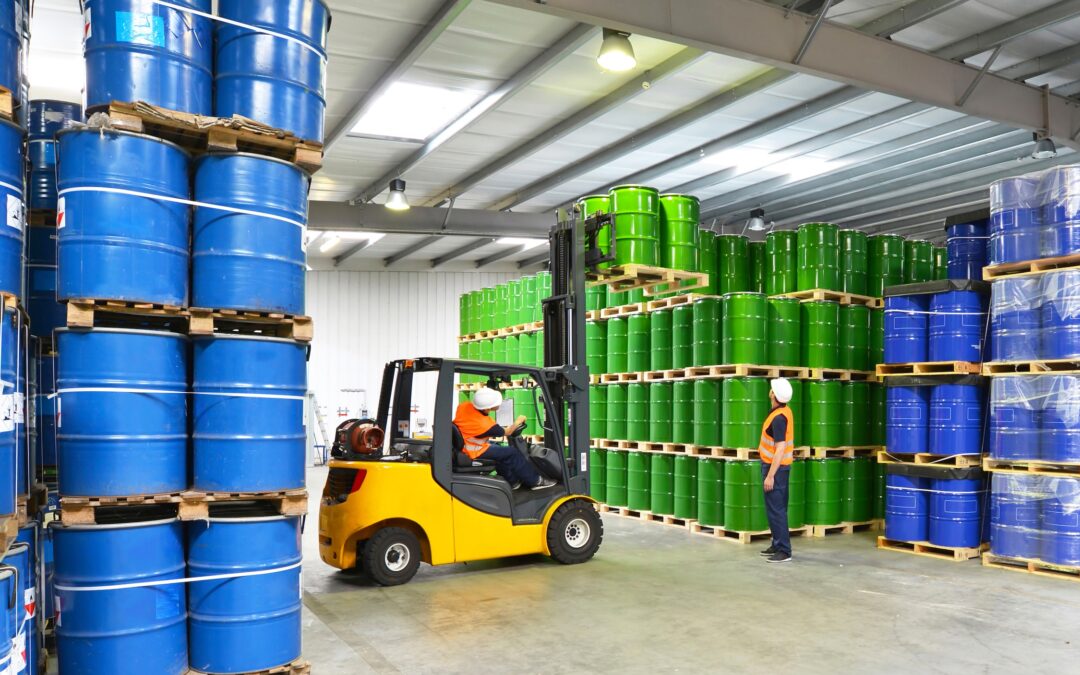Spotting is a crucial responsibility that demands clear communication and strict adherence to safety protocols. Using proper techniques when spotting heavy equipment operators and truck drivers is essential to avoid serious hazards.
Discussion Points:
- Spotting requires clear communication and strict adherence to safety protocols.
- Effective spotting utilizes hand signals and radio communication.
- Spotters can help prevent accidents by adhering to safety guidelines.
Discussion:
Spotters need strong and practical communication skills to guide equipment operators and truck drivers effectively. Precise spotting involves using hand signals and radios to communicate, especially in noisy environments. It is crucial to prioritize safety during these operations to protect the operator or driver, the spotter, and other workers nearby.
The spotter must maintain a clear line of sight with the equipment operator or truck driver to ensure that instructions are understood and followed correctly. It’s essential to regularly attend safety meetings and practice drills to reinforce the importance of these safety measures.
Spotters can help prevent accidents and ensure everyone’s safety by adhering to the following guidelines:
- Look for potential hazards such as overhead power lines, obstructions, obstacles, and the presence of other people.
- You are accountable for your safety, the safety of the operator or driver, and the safety of other workers on site.
- Spotting is your only responsibility while on duty. Avoid distractions such as phone calls or music, and refrain from performing any other tasks that may divert your attention.
- Wear appropriate personal protective equipment (PPE), including high-visibility clothing, a hard hat, safety glasses, gloves, and steel-toe boots.
- Before starting any task, agree with the operator or driver on the hand signals and procedures to use.
- Stay visible to the operator or driver at all times, ideally positioned on the operator’s or driver’s side of the equipment or truck.
- Always keep the operator or driver within your line of sight and avoid blind spots. If you lose sight of the operator or driver, signal them to stop immediately. If they lose sight of you, they should stop the equipment or truck and inform you of the issue right away.
- Keep a safe distance from the equipment or truck and any surrounding objects.
- Never stand directly in front of or behind the equipment or truck, and do not position yourself in the path of moving parts or swinging loads.
- Never stand or walk beneath a suspended load.
- Move cautiously and remain aware of your environment.
- Provide all signals clearly and precisely. If you are unsure about a signal or the operator’s or driver ‘s intentions, signal them to stop the equipment or truck. Clarify the signal to prevent miscommunication, which could lead to accidents.
- Always be ready to respond quickly in case of an emergency.
By following these guidelines, you can help prevent accidents. Remember, safety should always be your top priority when working around heavy equipment and trucks.
As always, be safe out there!


Recent Comments